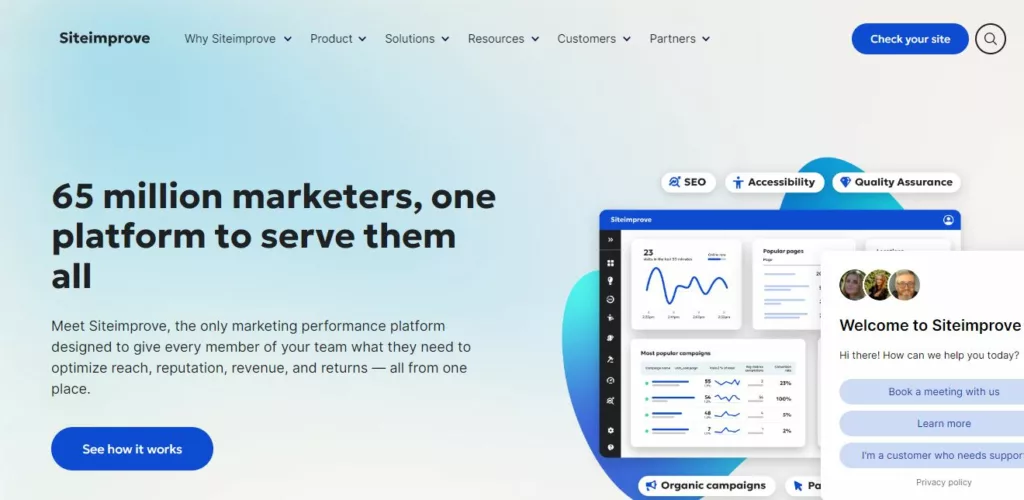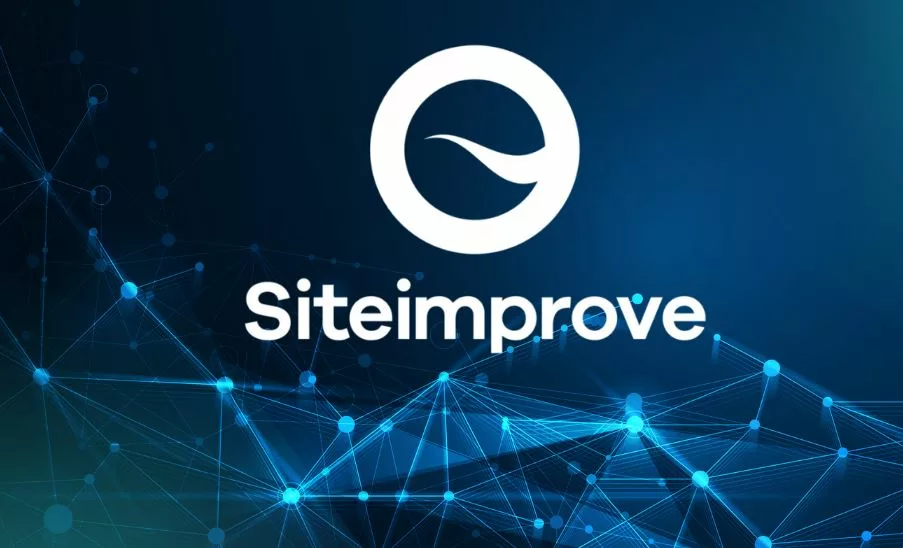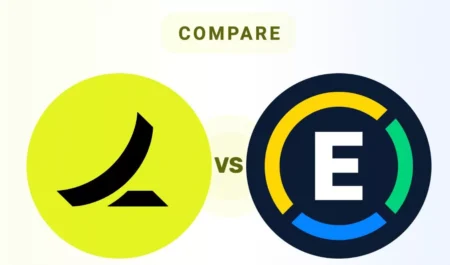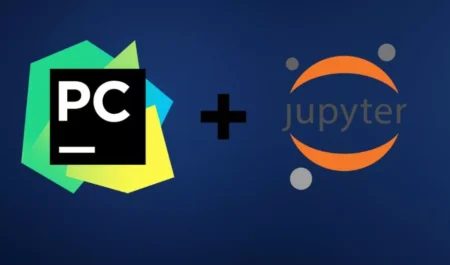35
It’s not only the right thing to do in this fast-paced digital world to make sure your website is available to everyone; it’s also the law. Siteimprove and Wave are two highly rated tools that I’ve found to be very helpful for making sure and controlling website usability. Let’s look at these platforms based on my own experiences. This will give you useful information to help you choose the best way to make your online presence more welcoming to everyone.
The process of choosing the best tool has been the most important part of my journey through the constantly changing worlds of web accessibility and quality assurance. Siteimprove and Wave are two choices that stand out and have been very helpful to me. In this in-depth look, I want to share my own experiences and thoughts on different aspects of these tools to help you make an informed choice that fits your needs.
Siteimprove vs Wave: Comparison Table
First things first, let’s have a look at a comprehensive comparison table that describes the primary distinctions between Siteimprove and Wave:
| Criteria | Siteimprove | Wave |
|---|---|---|
| Accessibility Testing | Yes | Yes |
| SEO Optimization | Yes | Limited |
| Content Management Integration | Yes | Limited |
| User-Friendly Interface | Yes | Yes |
| Pricing | Tiered pricing based on features | Free with advanced features paid |
| Reporting and Analytics | Comprehensive reports and insights | Limited analytics |
| Customer Support | 24/7 support | Community-driven support |
| Visit website | Visit website |
Siteimprove vs Wave: Pricing Comparison
Based on my own experience, Siteimprove’s tiered price makes it stand out in this area. Personally, I’ve found this method to be very helpful because it lets me customise my plan based on my needs and the size of my business. Being able to change these options means I can get a wide range of features and functions that fit my budget and meet my needs for web accessibility and quality assurance.
On the other hand, Wave has positioned itself as an easy-to-use choice by giving away simple features for free. When I worked for a small business or as an individual with a tight budget, this helped me a lot because it let me improve the quality and usability of my web content without spending any money. Wave does offer paid features for a fee, though, which I used when I needed more advanced features and a full set of tools. This two-tiered method works well for me because I can start with the most important features and add more as my needs change and my budget allows.
Siteimprove vs Wave: Features and Capabilities
What I’ve seen, Siteimprove has changed the game when it comes to making websites better. There are many useful features on the site that make it perfect for the needs of digital businesses. One feature I really like is that it tests websites for accessibility, making sure that they follow inclusive design principles and are easy for people with disabilities to use.
Along a different note, Wave has been helpful for me, especially when I was looking for a cheaper way to test usability as an individual or small business owner. Wave is a cheap choice that works great for my simple needs, but it doesn’t have all the advanced features of more expensive tools like Siteimprove.
Siteimprove vs Wave: User Reviews and Testimonials
Siteimprove and Wave have been my go-to pillars of innovation in the vast field of technology tools. They promise to improve both efficiency and performance, and because of this, they have been my absolute favourites. By drawing on the experiences of other users who have contributed to the development of the system, I have discovered a plethora of insights that extend beyond the features and functions of the system.
Reviews written by users are like personal narratives, weaving together accounts of triumphs, setbacks, and discoveries. Through the use of these tales, I have been able to fully comprehend the subtle complexities involved in using Siteimprove and Wave in a variety of contexts. Through first-hand experiences, a vivid image of the user journey is painted, offering insights into the flexibility, seamless integration, and overall influence that these technologies have on digital landscapes.
Siteimprove vs Wave: Integration Options
From my own experience, I can say that Siteimprove really does a great job of integrating. I’ve used it with a number of different content management systems, and its features have fit in perfectly with the ones I already use. This flexibility applies not only to internal systems but also to third-party tools, making a full combination that makes my digital processes much more efficient. Siteimprove’s all-around method is great, and I like that it gives me a central place to manage and improve my online profile.
However, in my experience, Wave might not be able to match Siteimprove’s wide range of connection options. But it does offer useful ways to make things run more smoothly. Wave doesn’t have as many connection features as some other apps, but I think it understands how important communication is by giving users a variety of choices. This has helped me, especially when I need specific connections or use tools in my process that can be linked to Wave without any problems.
Siteimprove vs Wave: Content Management
From my own experience, Siteimprove stands out because it works so well with content management systems. This makes the work of content writers a lot easier. The platform really shines because it comes with a lot of useful tools and features that work well with various content management systems. This not only speeds up the process of making content, but it also makes sure that the content meets high standards for quality, usability, and SEO.
Although Wave doesn’t have as many content management integrations, it has its own area because it has only the most important content management tools. Wave is a good choice for people who want an easier way to handle their content, even though it might not be as advanced as Siteimprove. From what I’ve seen, its basic features meet the basic needs of content makers and make it easy for them to handle and organise their material.
Siteimprove vs Wave: Case Studies and User Feedback
Siteimprove provides a valuable resource with its collection of case studies, each demonstrating successful accessibility improvements through the use of the platform. These case studies are a testament to the effectiveness and impact of Siteimprove in improving website accessibility. By showcasing real-world examples, Siteimprove not only demonstrates the practical application of its tools, but also inspires confidence in its ability to deliver tangible results for different organisations and businesses.
Wave, another accessibility assessment tool, takes a slightly different approach to improvement. Rather than relying solely on internal mechanisms or automated processes, Wave places great emphasis on user feedback as a catalyst for improvement. This user-centred approach recognises the dynamic nature of web content and the evolving landscape of accessibility requirements. By actively involving users in the feedback loop, Wave ensures more responsive and adaptive development of its features, staying attuned to the ever-changing needs and expectations of those who rely on the tool to assess and improve web accessibility.
Siteimprove vs Wave: Compatibility
In my personal experience, I’ve found Siteimprove to be exceptionally compatible and versatile. What stands out is its seamless integration with a wide range of platforms. I’ve used it with various content management systems (CMS) like WordPress, Drupal, and Joomla, and the adaptability is impressive. It doesn’t matter what CMS I’m currently working with – Siteimprove effortlessly becomes a part of the workflow. This adaptability ensures a smooth integration, offering comprehensive website management and optimization tools without any hassle or interference with my existing setup.
Likewise, Wave has been a valuable asset for me, particularly in its commitment to accessibility testing. It fits well with different technologies, catering to the needs of both website owners and developers. I appreciate the browser extensions and API options it provides, allowing for compatibility with various web browsers and development environments. Wave seamlessly integrates into my existing web development processes, enhancing accessibility without causing any disruptions or conflicts with my technology stack.
Siteimprove vs Wave: Reporting and Analytics

In my personal experience, Siteimprove is a powerhouse when it comes to thoroughly examining the performance of a website. The in-depth reports go into various aspects such as accessibility, SEO and content quality, giving me a comprehensive understanding of how well my website is optimized for user interaction and search engine visibility. With Siteimprove, I have access to a treasure trove of data that allows me to pinpoint strengths, weaknesses and areas for improvement with incredible precision.
On the other hand, Wave takes a simpler approach by providing basic analytics that provide key metrics for evaluating website performance. While it doesn’t provide as detailed information as Siteimprove, the simplicity of Wave is great for anyone who wants a quick overview of key performance indicators. It’s aimed at users like me who appreciate a simple but effective approach to analytics that ensures I can make informed decisions without being overwhelmed by complexity.
Which is Better?
In the end, what you want, how much you can spend, and the size of your job will determine which tool is best for you. From what I’ve seen, Siteimprove is a solid and complete option, especially for businesses with different needs. Wave, on the other hand, is a cheap option that works well for personal or small business projects. It really depends on what you want and how you feel.
Siteimprove: The Good and The Bad
Siteimprove is a light in the constantly changing world of digital optimisation. It offers companies a full set of tools to improve their online profile. Siteimprove has many ways to help organisations succeed online, ranging from making websites work better to making them easier for people with disabilities to use.
The Good
- Comprehensive feature set
- User-friendly interface
- 24/7 customer support
The Bad
- Tiered pricing may be expensive for small businesses
Wave: The Good and The Bad
Wave stands out as a powerful digital accessibility tool that works to make sure that websites are not only visually appealing but also accessible to everyone. Wave has many features that can help you find and fix accessibility problems. This makes it a great tool for businesses that want to be more open online.
The Good
- Free accessibility testing tool
- Community-driven support
The Bad
- Limited features compared to Siteimprove
Questions and Answers
Which tool is more cost-effective for small businesses?
There is a possibility that the free accessibility testing tool offered by Wave is a more cost-effective alternative for small enterprises who are on a limited budget. This is in contrast to the tiered price structure of Siteimprove, which provides scalability and extra capabilities for bigger businesses.
Can I integrate Siteimprove or Wave with my existing content management system?
Siteimprove really shines in the integration of content management systems, providing seamless support for a variety of platforms. Even if Wave has a few integration choices, it is possible that it may not have as many alternatives as Siteimprove.
You Might Be Interested In










Leave a Reply